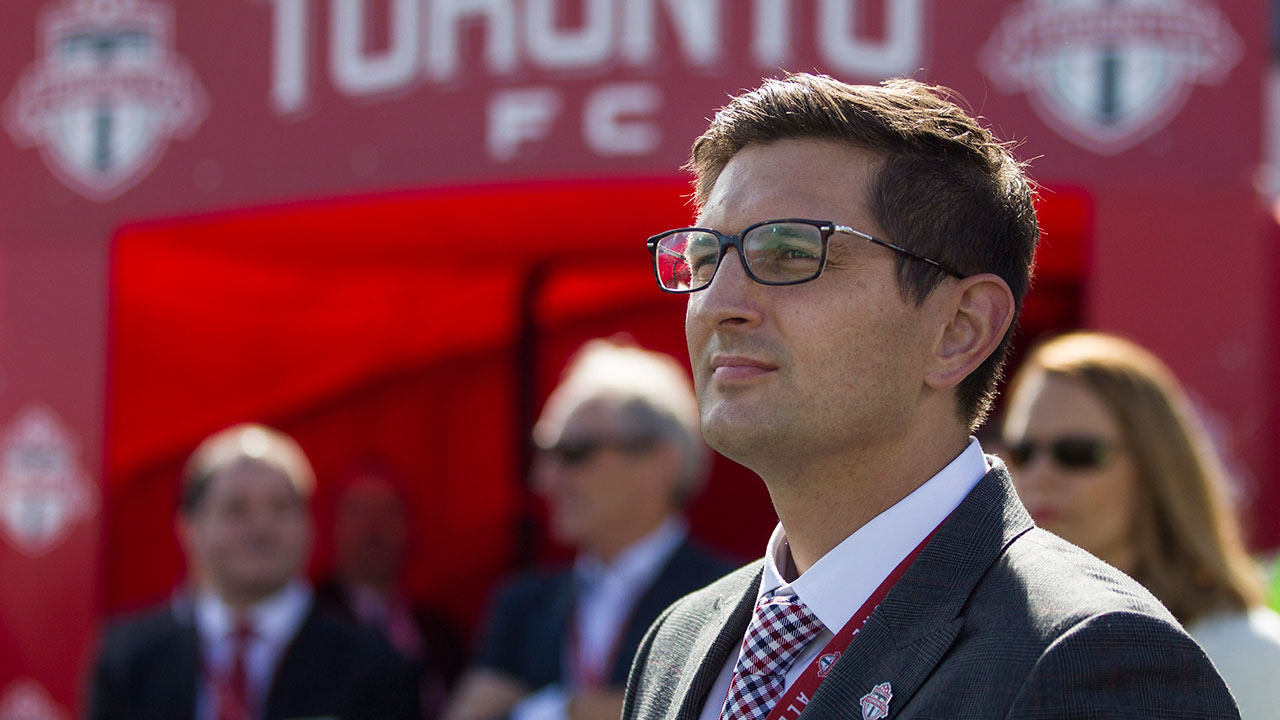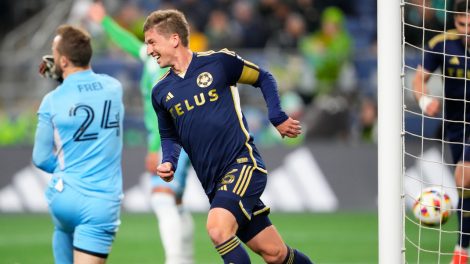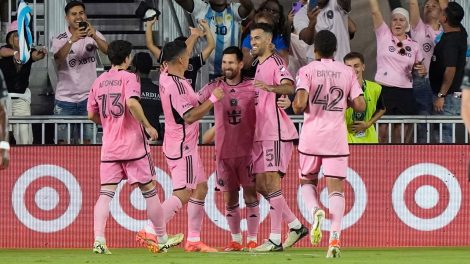It was the equivalent of a parent giving a young child a raise in their weekly allowance.
Major League Soccer announced this week the expansion of its Targeted Allocation Money (or TAM) mechanism, a move that it says will increase league-wide player compensation by nearly $37 million over the next two seasons.
MLS launched the TAM program earlier this year, giving clubs an extra $500,000 to spend over the next five years. TAM allows teams to strategically add depth to their rosters by signing impact players who make more than the maximum budget charge ($457,500 in 2016) without taking up a valuable Designated Player slot.
Soccer Central podcast: SPORTSNET.CA’s Soccer Central podcast, hosted by John Molinaro and James Sharman, takes an in-depth look at the beautiful game and offers timely and thoughtful analysis on the sport’s biggest issues. To listen and subscribe to the podcast, CLICK HERE.
On Wednesday, MLS revealed it is giving every MLS club an additional $800,000 in TAM for both the 2016 and 2017 seasons. Similar to general Allocation Money, TAM may be used to sign new or re-sign existing players. Teams can also use TAM to pay down a player’s salary cap hit below the DP threshold in order to sign a fourth DP. TAM can also be traded and, notably, it has to be used. Teams that don’t use these new funds by the end of the 2017 summer transfer window will lose it.
Considering the league’s salary cap ($3.49 million this season) an extra $1.6 million in TAM is pretty significant. While he welcomes the additional money, Toronto FC general manager Tim Bezbatchenko stresses TAM is just part of a larger game-plan when it comes to building and tweaking TFC’s roster.
“This changes things in terms of maybe an overseas player you were considering who you thought might be outside of your budget, now he’s inside your budget,” Bezbatchenko told Sportsnet in a one-on-one chat.
“We have our positions of need, so we’ve started to think about if we acquire a player [using TAM] that would help us, then maybe we would do something different at the SuperDraft. It’s all about coming up with a plan and then having a backup plan. TAM drives your decision-making all the away down to the SperDraft, the waiver draft, and re-entry draft.”
He later added: “It’s one piece of the puzzle. Everything is inter-connected. This TAM money will impact what you do at the SuperDraft, for instance, because any roster decision [based on TAM] will have a trickle effect on all the other roster moves you want to make.”
Essentially, TAM lets teams go after players in the $450,000 to $1,000,000 range; players who aren’t quite high-priced DPs. We saw the Montreal Impact make use of TAM when they signed Costa Rican midfielder Johan Venegas in July.
According to Bezbatchenko, MLS needs more players at the higher end of team rosters to improve the overall quality of the league. In that sense, giving teams more TAM, as opposed to just increasing the salary cap, makes sense.
“Where I think the league is at and where it wants to go, something was necessary in order to address product quality. If we want to be one of the world’s best leagues by 2022 as MLS has said then you have to look at the quality of the product on the field,” Bezbatchenko said.
“The question was whether you wanted to target a certain area of the roster or let everybody rise. If you gave every team a straight up salary cap increase, that money could be spread across the entire roster, so maybe you don’t have the sharp impact in the short-term that the league is looking for.
“This seems like the league is looking to target a certain population, a certain type of player, a certain part of the roster— that upper to middle part of the roster—and this achieves that.”
Somewhat lost in the league’s announcement about TAM was the increase of $125,000 for each of the next two seasons made available to clubs to sign Homegrown Players.
Under league rules, a club can sign a player to his first professional contract without subjecting him to the MLS SuperDraft “if the player has been a member of a club’s youth academy for at least one year and has met the necessary training and retention requirements.”
Bezbatchenko lauded the increase in funds to the Homegrown Players program an important move by MLS.
“This league, if it really wants to be among the best in the world, it needs to commit more resources and focus on our homegrown system. Our homegrown players are getting better so they have more options,” Bezbatchenko said.
Bezbatchenko recently returned from a scouting trip in Europe, but he said “nothing is imminent” in terms of adding reinforcements ahead of next season.
“We saw a few players just to be prepared in case we do anything this off-season or make a move in midyear,” Bezbatchenko explained. “We try to get ahead of transfer windows, one or two ahead, and part of our scouting process is seeing a player live. We can’t always do it, but if you can, then these trips will help with the decision-making down the road.
“There’s nothing imminent right now, but things change quickly. Right now, we’re focused more on the SuperDraft in January and the re-entry draft [later this month].”










